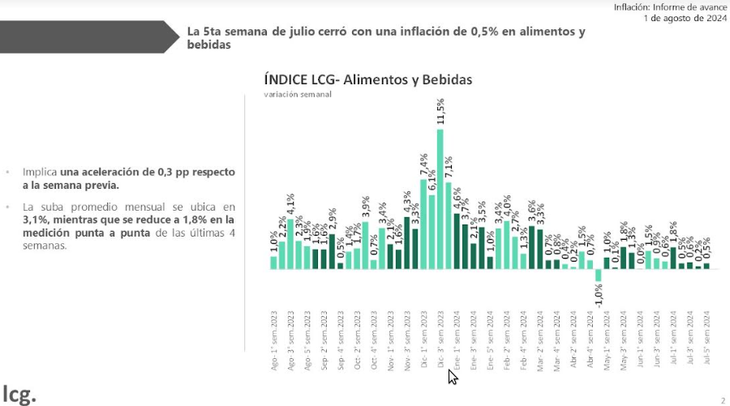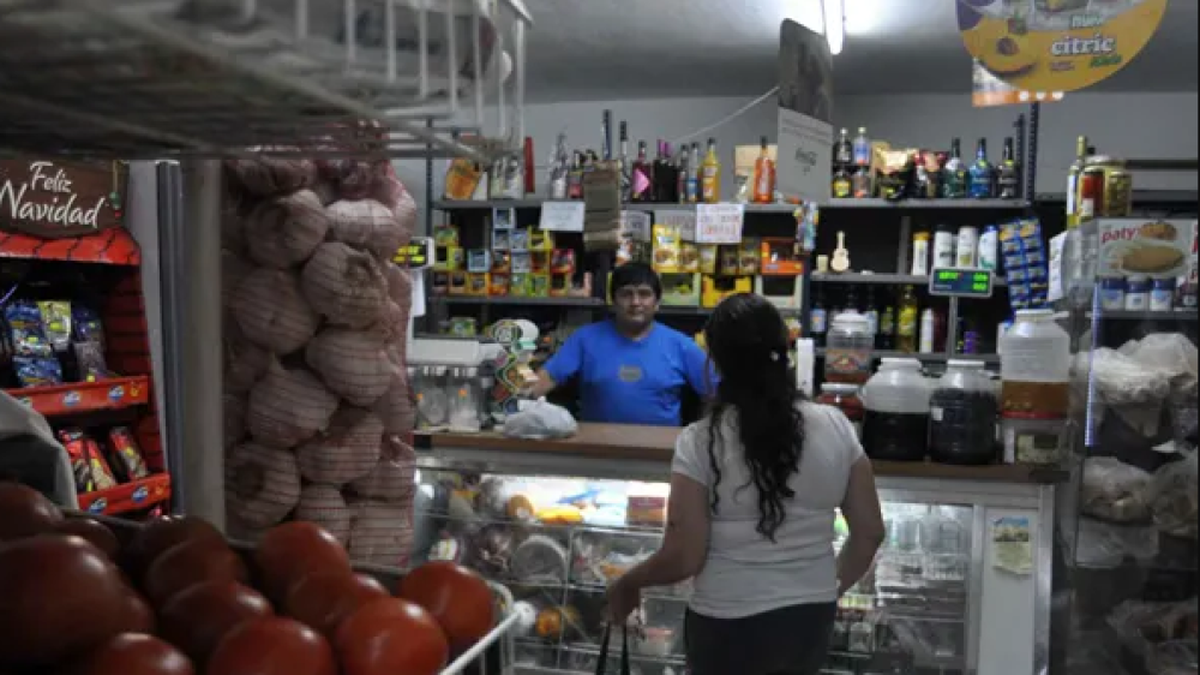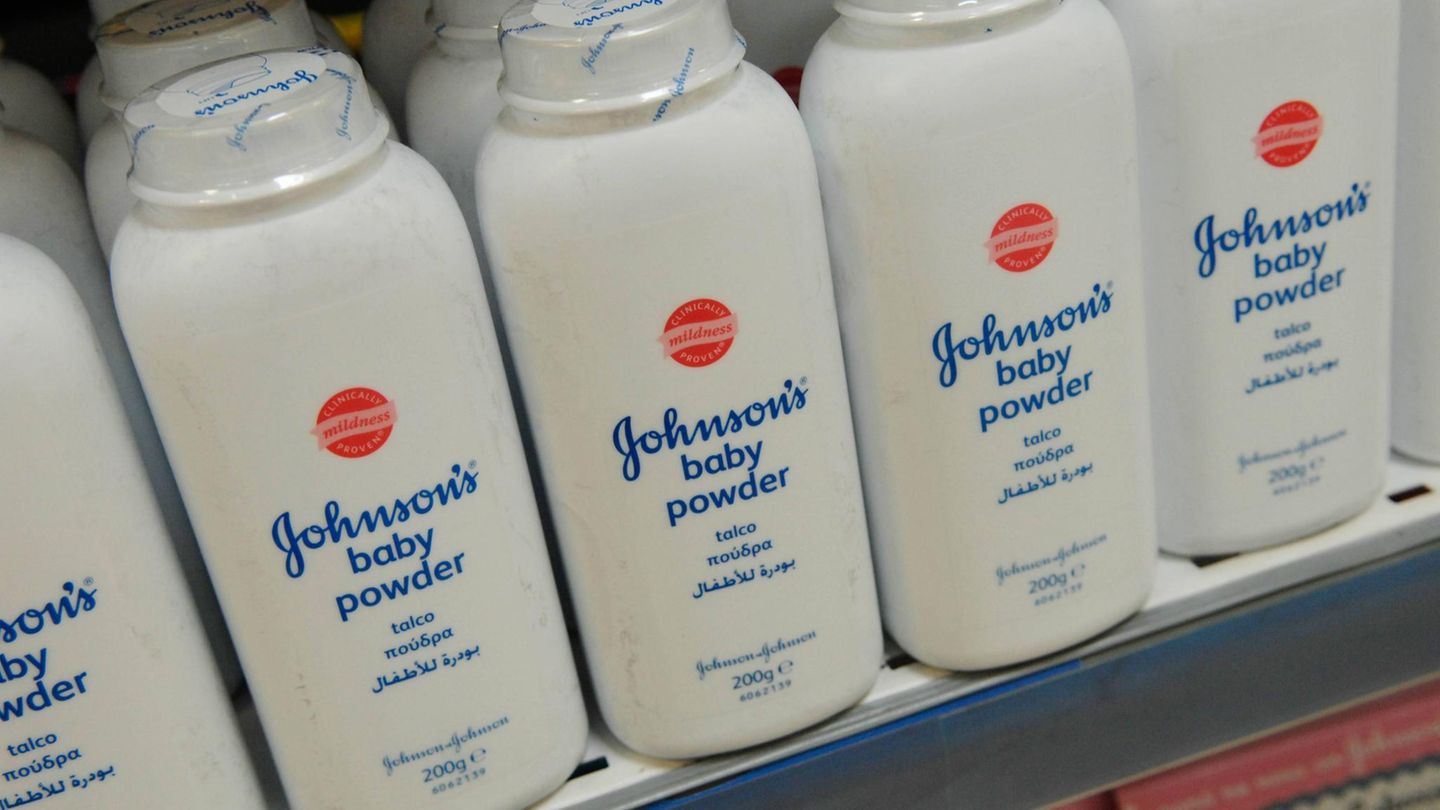A survey of product prices First necessity in 20 districts of Greater Buenos Aires indicates that in July, a family of Two adults and two small children needed $863,126 to stay under the poverty line. The study was conducted by the Institute for Social, Economic and Citizen Policy Research (ISEPCI).
According to the work, the total basic basket, which includes basic foods and drinks and essential services, for that family group registered an increase of 5.54% last month.
“Although Scheduled increases in energy and transportation were postponedthere were significant increases in health and communications, which were reflected in the largest increase in the value of the Total Basic Basket,” the study states.
And, on the other hand, it indicates that “the same family of Four members needed to add $45,000 to their monthly budget to avoid falling below the poverty line. while, “since Milei’s arrival to the presidency, the CBT has risen 119.49%.”
Cost of living: a fact that complements official figures
The ISEPCI, linked to Barrio de Pie, carries out own price studies which differ from those carried out by the National Institute of Statistics and Census (INDEC), since it focuses ononly in the popular neighborhoods of Greater Buenos Aires, where people go to local and traditional shops.
“The survey that we carry out monthly in 20 districts of the Buenos Aires metropolitan area, In July, the average increase was 4.59%,” the report states, referring to the Basic Food Basket (CBA). The study concluded that the purchase of the same products was made up of only minimal products for moderate movements. “A family of two adults and two small children in July needed $17,000 more to purchase the same products than thirty days earlier.”
According to the Institute for Social, Economic and Citizen Policy Research (ICEPCI) Last June, a family needed about $371,726 to survive, while in July, the amount needed was $388,755. In November, $182,905 was required.
icepsi.verduleriapng
However, if we take the entire basic basket, $817,821 was needed in June and $863,125 in July. So the monthly variation was 5.54%. In November, $393,246 was required. to supplement a minimum diet with the cost of utilities.
The study indicates that “The fruit and vegetable sector continues to lead the increases among foods, (10.4% in July and 132% since December), followed by the warehouse (3.47% and 118%), and meats (2.5% and 92.5%), respectively.”
“Given the continued difficulties in stabilising macroeconomic indicators,, focused on the lack of reserves in the Central Bank with negative prospects for increasing them significantlythe economic team faces this stage that it calls ‘zero emissions’ which in fact implies deepening the recession, with foreseeable consequences of increases in poverty and destitution,” the report states.
The work indicates that “The maintenance of the value of the dollar in parallel markets is achieved at the cost of losing reserves, which further compromises the sustainability of the macro balance, in a global context of widespread falls in stock markets around the world.”
Food prices in supermarkets
However, if you look at the evolution in In supermarkets, food prices ended July with a significant slowdown, with a monthly increase of 3.1%after three consecutive weeks in which it failed to break the 3.9% mark.
Its about survey carried out by the consulting firm Labour, Capital & Grouth (LCG), which in turn reported a 0.5% increase in the last week of last month.
lcg-july-5thweek.png

The possibilities of counting in the The next few weeks with food inflation below 3% are not remote, if we take into account that the end-to-end measurement of the accumulated figure for the last four weeks fell to 1.8%, with a slowdown of 1.3 percentage points compared to the previous measurement.
The measurement – in line with that announced by other consulting firms – occurs in a context of low financial dollar quotes and a “zero emission” policy, which led to the Minister of Economy, Luis Caputo, to project in a meeting with representatives of the ALyCs that inflation in September could be less than 1%.
Source: Ambito




